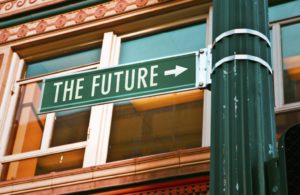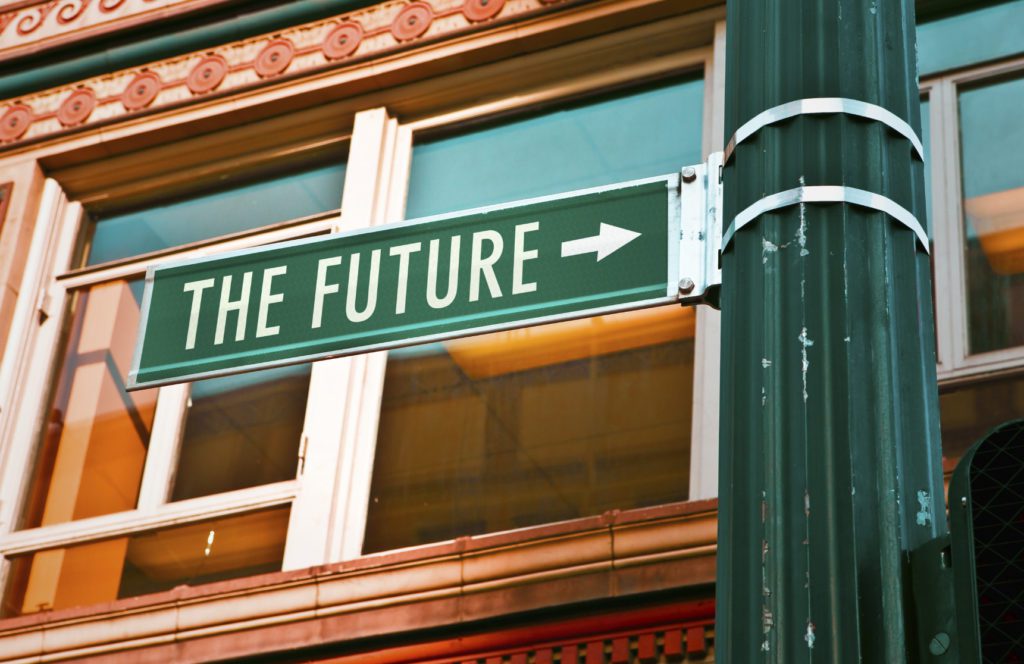 Part of the thrill of the ASAE annual meeting for those of us fortunate enough to attend is the show floor. Meeting organizations! Talking about what keeps them up at night, learning about how we can help them better manage their information and connect with constituents. Oh, and this year we got to show off some beautiful new branding for Personify.
Part of the thrill of the ASAE annual meeting for those of us fortunate enough to attend is the show floor. Meeting organizations! Talking about what keeps them up at night, learning about how we can help them better manage their information and connect with constituents. Oh, and this year we got to show off some beautiful new branding for Personify.
But we also appreciate the opportunity to learn and engage, alongside organizations, in the various workshops and sessions offered to attendees. While the topics are wide-ranging, there are always a few that pique my curiosity and this year was no exception.
For example, the idea of being a futurist.
What is a futurist? Per the ASAE Annual Sunday session, Think Like a Futurist to Become Your Association’s Change Agent, futurists look systematically at change and how to understand how things happen. Futurists explore broadly, providing peripheral vision, identifying the deep forces of change, and synthesizing information from disparate areas. It’s not necessarily about gazing into a crystal ball to predict what’s going to happen but considering the various scenarios that may (or may not) play out to help shape behavior and influence change.
The role of the futurist may be easy to understand when it comes to topics like climate change or technology or even consumer behavior. But the futurist plays an important role for associations, providing the insight necessary for strategic planning, anticipatory learning, risk analysis, innovation and business development. Futurists always seek to understand:
- What do we think will happen?
- What might happen instead?
- What do you want to happen?
The work of a futurist starts wide and goes deep. At first, the futurist amasses data by going wide, going deep to create the scenarios and then going long to understand the potential implications of those scenarios. Going wide can include demographic information, social trends, economic data or other statistics available to you within your organization.
Futurists then go long, refining these scenarios and organizing them into horizons to provide additional context and develop a perspective on how the future (or futures…did you know there’s more than one?) may evolve over time. For example:
| Time Horizon | Timeframe | Relevant Indicators |
| 1st Horizon | 1-3 Years | Major Trends |
| 2nd Horizon | 3-5 Years | Emerging Issues |
| 3rd Horizon | 5+ Years | Weak Signals |
It’s one thing to develop this perspective, but how can associations share it internally to become a true agent of change? Being a canary in a coal mine isn’t enough – without effective communication, a futurist is unlikely to build the level of consensus needed for real transformation.
The session laid out a practical approach to documenting the wide, deep and long observations for a broader audience in four, easy-to-consume pages:
- Page 1: Overview with a short summary description of your primary forecast, the expected futures and the uncertainties you need to follow moving forward.
- Page 2: Evidence! Supporting data including the key trends and weak signals that initially drove review in the first place and any related drivers of change.
- Page 3: Strategic insights including the all-important “so what” factors, thoughts on maturity and speed of change and other potential futures that may present additional risk.
- Page 4: Action page with information on who will be affected, specific, notable changes the organization may experience and useful terms for additional research.
Winston Churchill once observed, “If we open a quarrel between past and present, we shall find that we have lost the future.” There are many different models for transforming an organization, but ASAE’s bold session on becoming a futurist may hold the key to changing the future but also optimizing the present.
